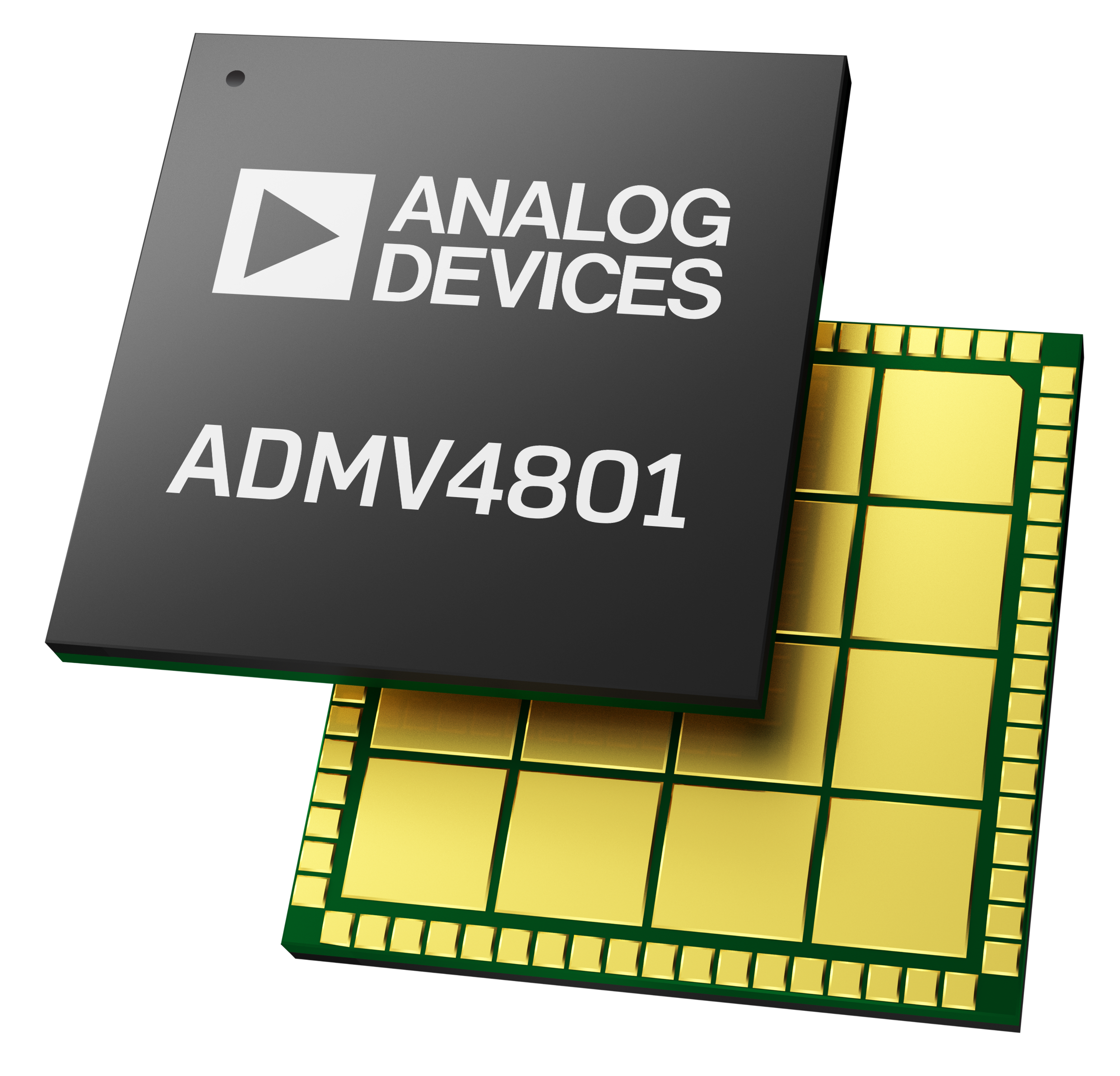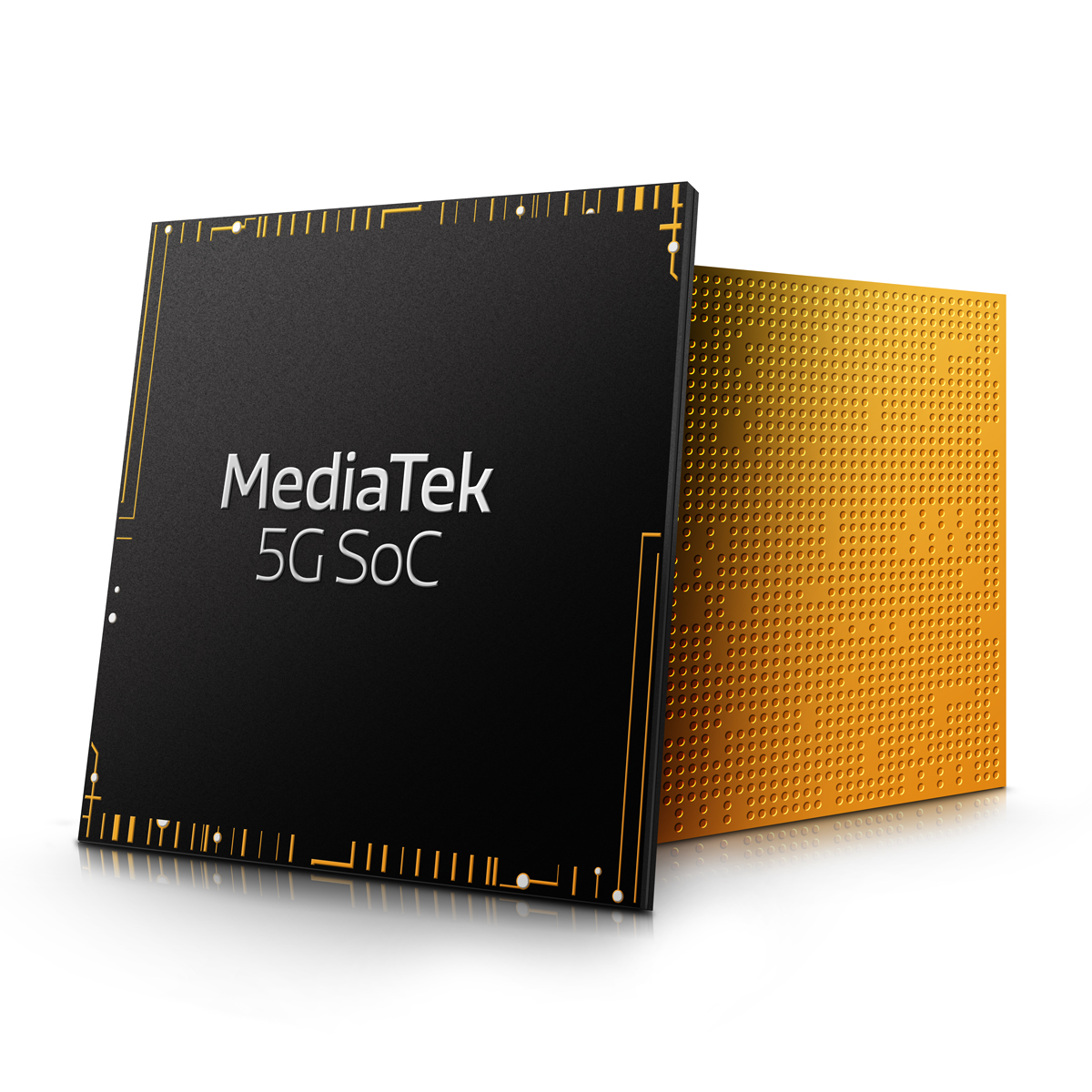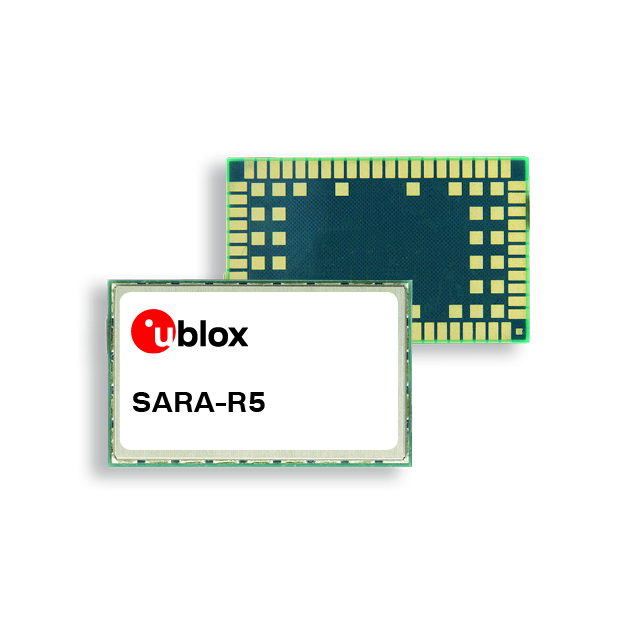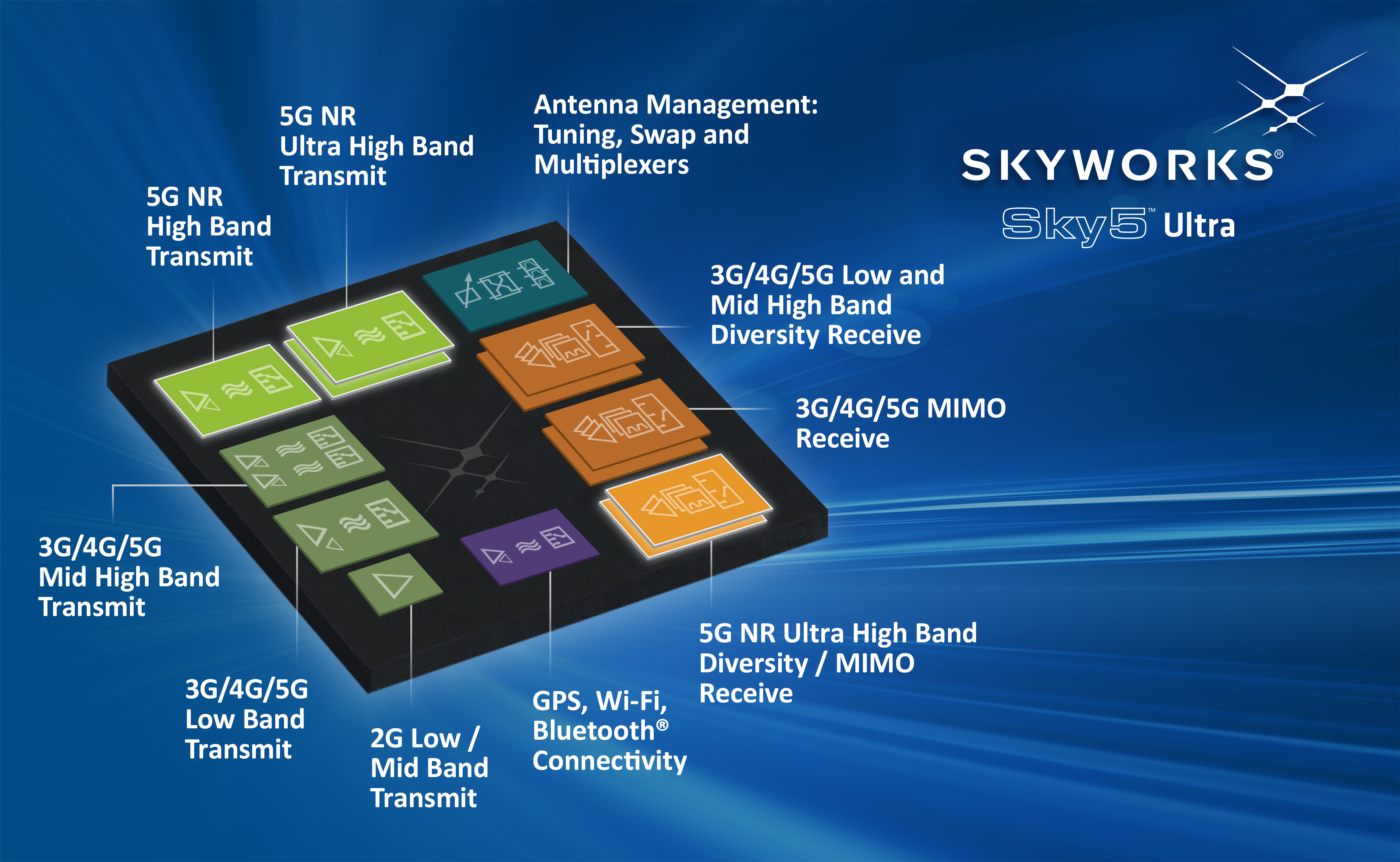By Gina Roos, editor-in-chief
5G promises to deliver a fully connected mobile world that spans markets from connected cars and smart cities to smartphones and internet of things (IoT) devices. Researchers noted that the acceleration of 5G adoption will require a strong commitment from device and chipset vendors. Not surprisingly, chipmakers have already been getting 5G-ready with a host of chipsets and platforms, introduced over the past few years.
Chipsets include radio frequency ICs (RFICs), system-on-chips (SoCs), application-specific integrated circuits (ASICs), cellular ICs, and millimeter-wave (mmWave) ICs. Many of these players are building modems, RF front ends, or both, with many designing for sub-6-GHz spectrum and supporting 100-MHz envelope-tracking (ET) bandwidths.
Early and fast adoption of 5G is driving carriers to increase their forecasts for 5G subscriptions. Ericsson’s June 2019 Mobility Report upped its original forecast of 1.5 billion 5G subscriptions in November 2018 to 1.9 billion subscriptions by the end of 2024. GSMA predicts that the number of 5G connections will reach 1.4 billion by 2025, which will account for about 30% of connections in China and Europe and about 50% in the United States.
Analog Devices, 5G mmWave chipset
The new 5G mmWave chipset from Analog Devices Inc. (ADI) combines the company’s advanced beamformer IC, up/down frequency conversion (UDC), and additional mixed-signal circuitry. Called a game-changer for the mmWave 5G wireless network infrastructure, the solution was designed with a high integration to reduce design requirements and complexity in the next generation of cellular network infrastructure.
The mmWave 5G chipset includes the 16-channel ADMV4821 dual-/single-polarization beamformer IC, 16-channel ADMV4801 single-polarization beamformer IC, and the ADMV1017 mmWave UDC. The 24- to 30-GHz beamforming and UDC solution forms a 3GPP 5G New Radio (NR)-compliant mmWave front end to address the n261, n257, and n258 bands, said ADI.

The combination of high channel density and support for both single- and dual-polarization deployments increases system flexibility and reconfigurability for multiple 5G use cases while best-in-class equivalent isotropically radiated power (EIRP) extends radio range and density, said ADI.
Called a “Beams to Bits” signal chain, ADI said that it is the only company to offer this set of capabilities. ADI’s solution is designed to simplify the design process, reduce component count, and accelerate 5G deployment. “It can be extremely difficult to design these systems from the ground up, balancing system-level challenges in performance, standards, and cost,” said Karim Hamed, ADI’s general manager of Microwave Communications.
MediaTek, 5G SoC
The new multi-mode 5G chipset is MediaTek’s first to target 5G flagship smartphones. The 7-nm SoC integrates MediaTek’s Helio M70 modem, together with Arm’s newest Cortex-A77 CPU, Arm’s Mali-G77 GPU, and MediaTek’s advanced AI processing unit (APU) to meet the power and performance demands of 5G. Designed for standalone and non-standalone (SA/NSA) sub-6-GHz networks, the integrated chipset supports connectivity from 2G to 4G to bridge existing network access while 5G networks roll out globally, said MediaTek.

The Helio M70 5G modem supports LTE and 5G dual connectivity (EN-DC) with dynamic power-sharing capability, provides multi-mode support for every cellular connectivity generation from 2G to 5G, and delivers 4.7-Gbits/s download speeds and 2.5-Gbits/s upload speeds. The modem also includes intelligent power savings and comprehensive power management and provides dynamic bandwidth-switching technology that allocates 5G bandwidth required for specific applications to improve modem power efficiency by 50% and extend battery life.
The new AI processing unit supports more advanced AI applications, such as de-blur for imaging when subjects are moving fast. The Mali-G77 GPU enables extreme streaming and gaming at 5G speeds. The chipset also supports 4K video encode/decode at 60 fps and super high-resolution cameras (80 MP).
The 5G SoC is designed for global sub-6-GHz 5G networks that are launching in Asia, North America, and Europe. Samples for lead customers will be available in Q3 2019, followed by commercial devices by Q1 2020.
Qualcomm Technologies, modem-to-antenna solution
Qualcomm Technologies, Inc., a subsidiary of Qualcomm Incorporated, pairs its second-generation 5G NR modem, the Snapdragon X55 5G modem , with its 5G mmWave antenna module (QTM525), a new single-chip 14-nm RF transceiver for 5G sub-6 GHz and LTE, and sub-6-GHz RF front-end modules to deliver a modem-to-antenna solution for all major spectrum bands.
The Snapdragon X55 is a 7-nm single-chip–integrated 5G to 2G multi-mode modem that supports 5G NR mmWave and sub-6-GHz spectrum bands with up to 7-Gbits/s download speeds and 3-Gbits/s upload speeds over 5G and Category 22 LTE with up to 2.5-Gbits/s LTE download speeds. The modem supports all major frequency bands, whether mmWave or sub-6 GHz, and TDD and FDD modes of operations and is capable of both SA and NSA network deployments. It also supports dynamic spectrum sharing between 4G and 5G.
Snapdragon X55 is the first announced modem to support 100-MHz ET technology and adaptive antenna tuning for 5G sub-6 GHz, designed for power-efficient connectivity for next-generation smartphones and mobile devices. Samples are available. Commercial devices are expected by late 2019.
The Qualcomm QTM525 5G mmWave antenna module reduces the height of the module to support 5G smartphone designs thinner than 8 mm thick. The new module adds support for band n258 (24.25–27.5 GHz) for North America, Europe, and Australia, in addition to bands n257 (26.5–29.5 GHz), n260 (37–40 GHz), and n261 (27.5–28.35 GHz) already supported by its predecessors. Commercial devices are scheduled by late 2019.
Samsung, 5G RF chipsets
Designed for 5G base stations, the 5G mmWave chipsets from Samsung Electronics Co., Ltd. are comprised of RFICs and digital/analog front-end (DAFE) ASICs, which support 28-GHz and 39-GHz bands. Samsung said that the new RF chipsets reduce the size, weight, and power consumption of 5G base stations by about 25% compared to previous solutions. The company plans to commercialize additional RFICs for 24 GHz and 47 GHz this year.
Samsung developed its own DAFE as an ASIC, which delivers a reduction in size and a lower power consumption for 5G base stations. Essential for digital wireless telecommunications, the DAFE provides analog-to-digital conversions and vice versa.
“To achieve ultra-fast data speeds, 5G base stations use almost 1,000 antenna elements and several RFICs to utilize the mmWave spectrum,” said Samsung. “The adoption of RFICs plays a crucial role in supporting the reduction in size and power consumption of base stations.”
Built on 28-nm CMOS semiconductor technology, the new RFICs operate on bandwidths that have been expanded to a maximum 1.4 GHz, compared to 800 MHz for previous RFICs. Samsung reduced the size of the RFIC by 36% and improved the overall performance by decreasing the noise level and improving the linearity characteristics of the RF power amplifier.
Samsung, multi-mode Exynos chipsets
Samsung also offers 5G multi-mode chipsets that include the previously-introduced Exynos Modem 5100 as well as a new single-chip RF transceiver, the Exynos RF 5500, and supply modulator solution, the Exynos SM 5800, which support 5G NR sub-6-GHz spectrum and legacy radio access technologies for mobile device designers.
The Exynos Modem 5100 is Samsung’s first 5G modem solution that was ready for commercialization in August 2018, with a successful over-the-air (OTA) 5G NR data call test. The modem supports virtually all networks from 5G’s sub-6-GHz and mmWave spectrums to 2G GSM/CDMA, 3G WCDMA, TD-SCDMA, HSPA, and 4G LTE networks in a single chip.
Samsung pairs the modem with the RF and supply modulator solutions, Exynos RF 5500 and Exynos SM 5800, respectively, for improved reliability and power efficiency. Targeting smartphone designs, the Exynos RF 5500 supports legacy networks and 5G NR sub-6-GHz networks in a single chip. The RFIC offers 14 receiver paths for download and supports 4 × 4 multiple-input, multiple-output (MIMO) and higher-order 256-quadrature-amplitude-modulation (QAM) scheme to maximize the data transfer rate over the 5G network.
The Exynos SM 5800 is a low-power supply modulator solution for 2G to 5G NR sub-6 GHz that supports up to 100-MHz ET bandwidths. Samsung said that the Exynos SM 5800 demonstrates up to a 30% power reduction by dynamically adjusting the supply voltage according to the modem’s RF input signal. This enables data to be transmitted more efficiently and reliably over a fast 5G network.
u-blox, 5G-ready module and chipset
u-blox has launched the 5G-ready SARA-R5 series of LTE-M and NB-IoT modules for low-power wide-area (LPWA) IoT applications. LTE-M and NB-IoT are forward-compatible with 5G networks. Called its most advanced, secure, and highly integrated cellular product, the new module, built on the u-blox UBX-R5 cellular chipset and the u-blox M8 GNSS receiver chip, offers end-to-end security and long product availability.
Tailored to meet IoT applications, the module offers a lightweight and low-power pre-shared key (PSK) management system together with a set of security features. U-blox integrates a hardware-based root of trust in a discrete secure element in the UBX-R5 chipset to deliver secure communications from the chip to the cloud.

As mobile network operators get ready to roll out 5G networks, 5G readiness is a becoming a key factor in selecting cellular communications modules, said u-blox, and by implementing key LTE-M and NB-IoT features from 3GPP Release 14, the SARA-R5 offers a transition toward 5G via software upgrades to already-deployed devices.
Available in two product variants, the SARA‑R511M, with a built-in u-blox M8 GNSS receiver, targets mobile applications in the automotive, fleet management, tracking, and telematics sectors. The second product variant, SARA-R510M, is optimized to deliver the lowest achievable power consumption, drawing less than 1 µA of current in power-save mode, which makes it suitable for metering, smart city, connected health, security and surveillance, remote-monitoring, and other battery-powered applications. Samples will be available in Q4 2019.
Xilinx, Zynq UltraScale+ RFSoC
Xilinx, Inc. has extended its Zynq UltraScale+ RFSoC with new devices that can cover the entire sub-6-GHz spectrum needed for next-generation 5G deployment. They support direct RF sampling of up to 5-giga-samples per second (GS/S) 14-bit analog-to-digital converters (ADCs) and 10-GS/S 14-bit digital-to-analog converters (DACs), both up to 6 GHz of analog bandwidth.
Designed to address current and future industry requirements, the RFSoC portfolio includes the Xilinx Zynq UltraScale+ RFSoC Gen 2 and Xilinx Zynq UltraScale+ RFSoC Gen 3. The Gen 2 device, available now, meets regional deployment timelines in Asia and supports 5G NR, while Gen 3 provides full sub-6-GHz direct RF support, extended millimeter-wave interface, and up to 20% power reduction in the RF data converter subsystem compared to the base portfolio. The product will be available in 2H 2019.
The new products monolithically integrate RF data converters that deliver broad-spectrum coverage for the deployment of 5G wireless communications systems, cable access, advanced phased-array radar solutions, and other applications such as test and measurement and satellite communications. By eliminating discrete components, the devices enable up to a 50% power and footprint reduction, which makes them suitable for MIMO 5G base stations.
The single-chip adaptable radio platform for 5G wireless, cable access, and radar applications offers pin compatibility across the portfolio, enabling customers to design and deploy their systems now using first-generation devices with a roadmap to Gen 2 and Gen 3 for greater performance, said Xilinx.
Skyworks, Sky5 platform
The Sky5 Ultra advanced 5G cellular architecture from Skyworks Solutions, Inc. is a fully integrated, baseband-agnostic platform that combines all of the critical front-end functionality required to enable 5G mobile devices with global coverage. Features include transmit and receive capabilities with high efficiency and output power, which enables highly reliable network connections and optimized battery life for 5G applications.
The Sky5 Ultra leverages DSBGA packaging to reduce the footprint and uses advanced TC-SAW and BAW filtering. The solution also supports up to 100-MHz wide bandwidth, maximizing data throughput at ultra-fast speeds. It integrates Skyworks’ high-efficiency transmit, diversity receive (DRx), and MIMO modules that offer industry-leading noise figure and low insertion loss, in addition to aperture tuners and antenna swap switches for antenna management.

Skyworks also offers Sky5 LiTE, a fully integrated front-end solution for mass-tier 5G cellular applications. Designed to enable faster deployment and simplify designs, the baseband-agnostic platform supports up to 100-MHz wide bandwidth of 5G NR waveforms with flexible power management options, which is said to deliver near-zero latency. The Sky5 LiTE interfaces with all leading chipset providers and offers early 5G adopters differentiated architectures for an open ecosystem.
All Sky5 solutions support new 5G NR waveforms and spectrum in addition to enhanced carrier aggregation and 4G/5G dual connectivity.
Marvell, end-to-end 5G platform
Marvell offers a flexible end-to-end optimized 5G platform to accelerate the development of 5G NR systems and global carrier deployments. The platform includes radio access SoCs, transport/EPC core processors, Ethernet networking, Wi-Fi connectivity, and ThunderX2 Arm-based server processors.
Designed with the need for seamless, high-speed, and secure connectivity between the edge and core in mind, Marvell’s 5G NR system-level platform delivers a highly integrated solution that includes advanced application processors, secure switches, and PHY technologies for edge analytics, threat detection, and autonomous decision-making. Large-scale 5G networks require entirely new, highly integrated system architectures, spanning the network’s radio, edge, and core, compared to initial deployments of 5G NR with FPGA-based solutions that are higher in cost and power consumption, said the company.
The platform includes Marvell’s OCTEON Fusion-M radio access SoCs that are optimized for cost and power and programmable with a 3GPP protocol stack split and massive MIMO capabilities. It also features multi-core OCTEON processors for the transport layer and workload-optimized ThunderX2 Arm-based server processors to enhance its 5G portfolio for next-generation carrier networks.
Extending its reach into switches and PHYs in carrier infrastructure networks, the Marvell Prestera switches provide hierarchical traffic management required for mobile infrastructure environments and allow advanced flow identification and access control to enable user-level security. The company is also ramping high-volume production for its 8 × 8 and 4 × 4 Wi-Fi 6 solutions. The fully certifiable and complete 802.11ax engines include full MU-MIMO and OFDMA uplink and downlink, multi-gigabit peak speeds, precision location, cloud management, beamforming, and integrated Bluetooth 5 technology.
Broadcom, end-to-end 5G mobile networking switches
Broadcom Inc. offers a complete 5G switching portfolio, designed to enable the deployment of end-to-end networks that consolidate all radio and fixed-line traffic onto a standard, Ethernet-based infrastructure. The six devices — Monterey, Quartz, Qumran2a, Jericho2, Jericho2c, and Ramon — are designed for switches with capacities greater than 100 Tbits/s and offer the complete feature set needed to meet requirements for Ethernet-based 5G NR and base stations.
The mobile networking chips are purpose-built to address the needs of each segment of the network: front haul, mid-haul, and back haul. Designed for the front haul, the Monterey and Quartz devices provide low latency, CPRI mapping, nanosecond-precision synchronization, and IEEE 802 Time-Sensitive Networking (TSN) support.
Qumran2a, designed for mid-haul applications, includes features such as network slicing, nanosecond-precision synchronization, TSN, and FlexE interfaces compliant with the specifications of Sliced Packet Network (SPN) and ITU G.mtn. Jericho2, Jericho2c, and Ramon, all designed for the back haul, enable low-latency, TSN-enabled switching platforms that scale to over 100 Tbits/s and support a full 5G feature set, which seamlessly integrates with Qumran2a-based mid-haul networks.
All products share a set of common application programming interfaces (APIs) with other Broadcom switching products via the Broadcom Software Development Kit (SDK). The devices are also designed to work seamlessly together to meet the cost, capacity, and performance requirements of 5G.
Advertisement
Learn more about Analog Devices, Inc.BroadcomMarvell SemiconductorMediaTekQualcommSamsung ElectronicsSkyworks Solutionsu-bloxXilinx





